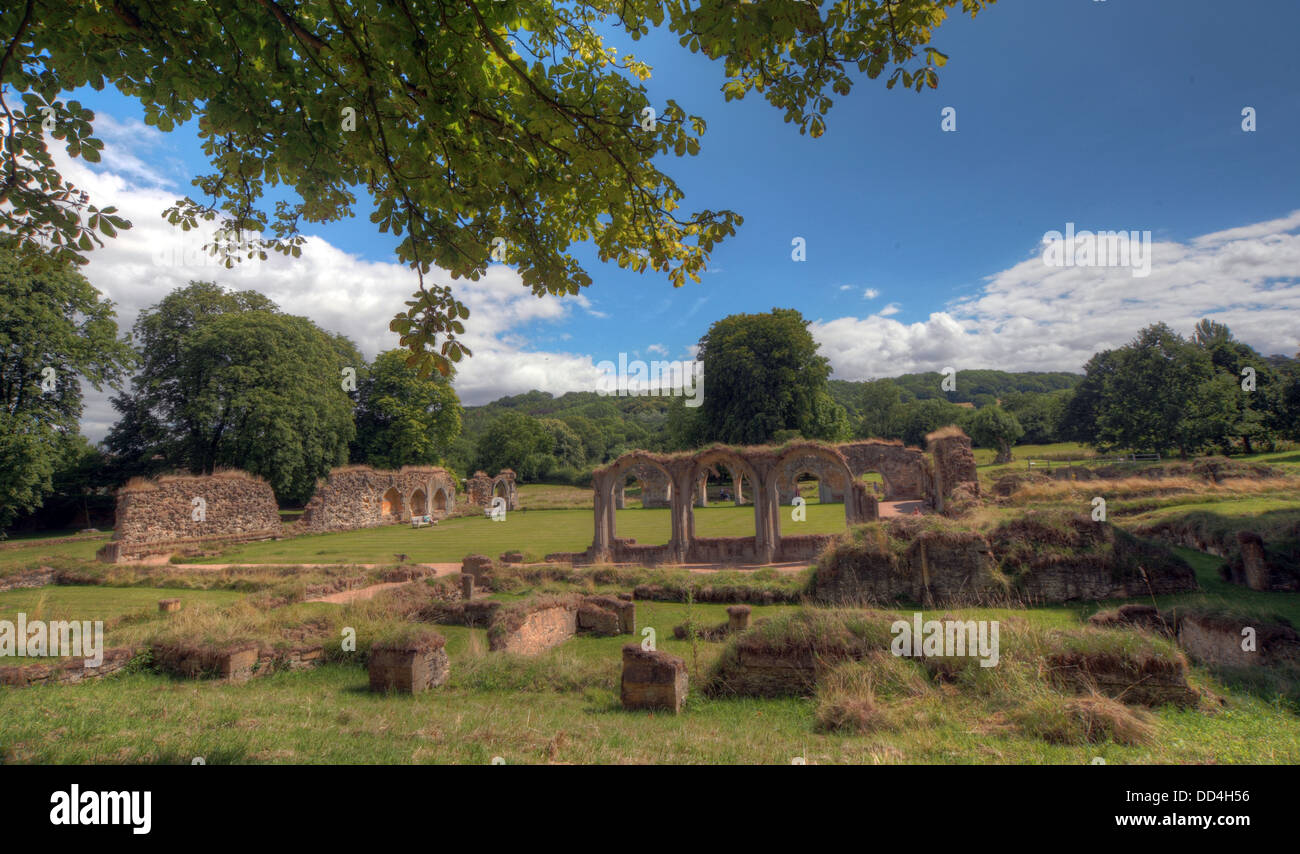Hailes Cistercian Abbey, Cheltenham, Gloucestershire, England, GL54 5PB

Image details
Contributor:
Tony Smith / Alamy Stock PhotoImage ID:
DD4H56File size:
52.6 MB (2.6 MB Compressed download)Releases:
Model - no | Property - noDo I need a release?Dimensions:
5590 x 3288 px | 47.3 x 27.8 cm | 18.6 x 11 inches | 300dpiDate taken:
9 August 2013Location:
Hailes, Cheltenham GL54 5PBMore information:
The abbey was founded in 1246 by Richard, Earl of Cornwall, called "King of the Romans" and the younger brother of King Henry III of England. Richard founded the abbey to thank God after he had survived a shipwreck. Richard had been granted the manor of Hailes by King Henry, and settled it with Cistercian monks from Beaulieu Abbey in Hampshire. The great Cistercian abbey was entirely built in a single campaign in 1277, and was consecrated in a royal ceremony that included the King and Queen and 15 bishops. Hailes Abbey became a site of pilgrimage after Richard's son Edmund donated to the Cistercian community a phial of the Holy Blood, purchased in Germany, in 1270. Such a relic of the Crucifixion was a considerable magnet for pilgrimage. From the proceeds, the monks of Hailes were able to rebuild the Abbey on a magnificent scale. One Abbot of Hailes was executed as a rebel after the Battle of Bramham Moor, in 1408. Though King Henry VIII's commissioners declared the famous relic to be nothing but the blood of a duck, regularly renewed, and though the Abbot Stephen Sagar admitted that the Holy Blood was a fake in hope of saving the Abbey, Hailes Abbey was one of the last religious institutions to acquiesce following the Dissolution Act of 1536. The Abbot and his monks finally surrendered their abbey to Henry's commissioners on Christmas Eve 1539. After the Dissolution, the west range consisting of the Abbot's own apartments was converted into a house and was home to the Tracy family in the seventeenth century, but these buildings were later demolished and now all that remains are a few low arches in a meadow with outlines in the grass. Surviving remains include the small church for the disappeared parish, with unrestored medieval wall-paintings